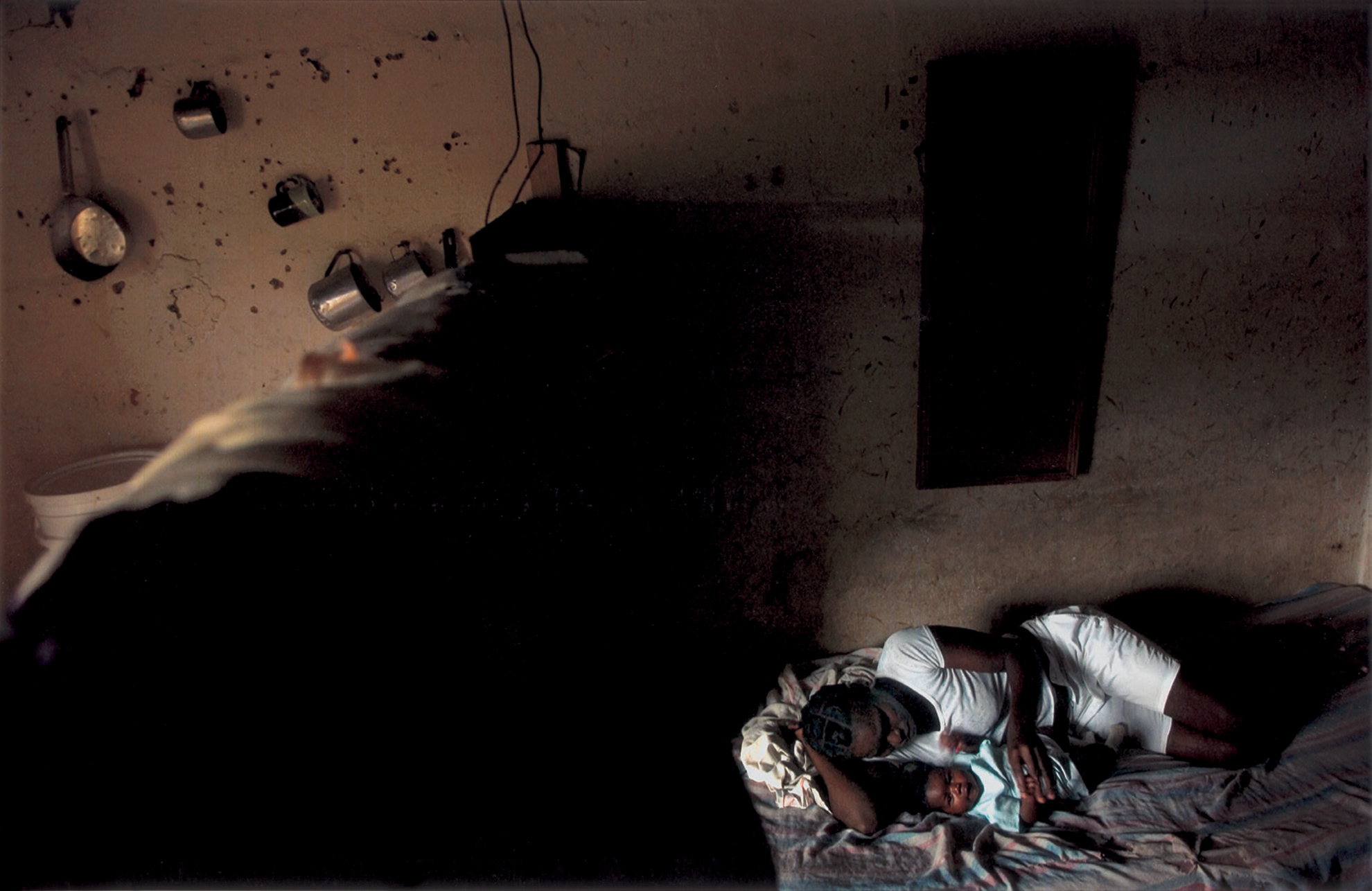Presentation
The Dominican Republic and the Republic of Haiti share the island of Hispaniola, separated by a north-south border of 275 kilometers. For more than 90 years, Haitians have migrated to the Dominican Republic across the border in search of work, sometimes by force, sometimes through bi-national contracts, sometimes under the illusion of false promises, sometimes by choice.
Until the 1980s, the majority of the Haitian migrant population went to the bateyes, where the men were employed as cane cutters, earning miserable wages and living in barracks in extremely difficult conditions. With the decline of the sugar cane industry in the early 1980s, this migration has increased rather than decreased, mainly due to the growth and diversification of the Dominican economy and the prolonged political and economic crisis in Haiti.
Biography
Walter Astrada was born in 1974 in Buenos Aires, Argentina. He started his career as a staff photographer at the local, La Nacion newspaper. After a formative trip through South America, he joined the Associated Press in Bolivia and later in Argentina, Paraguay, and then the Dominican Republic.
From March 2005 until March 2006 Walter worked as a freelancer for Agence France Presse in the Dominican Republic and was represented and distributed by World Picture News.
However, in March 2006 he moved to Spain from where he is working as a freelancer. During 2008 and 2009 he covered Eastern Africa out of Uganda.
Currently, he continues working on a long-term project about violence against women and in the Under Pressure Project, living with Multiple Sclerosis in Europe, and working as a freelancer based in Barcelona, Spain.
He gives lectures and workshops based on his long-term projects as a professional photographer and documentary video maker and he is a member of the training team of the World Press Photo.




